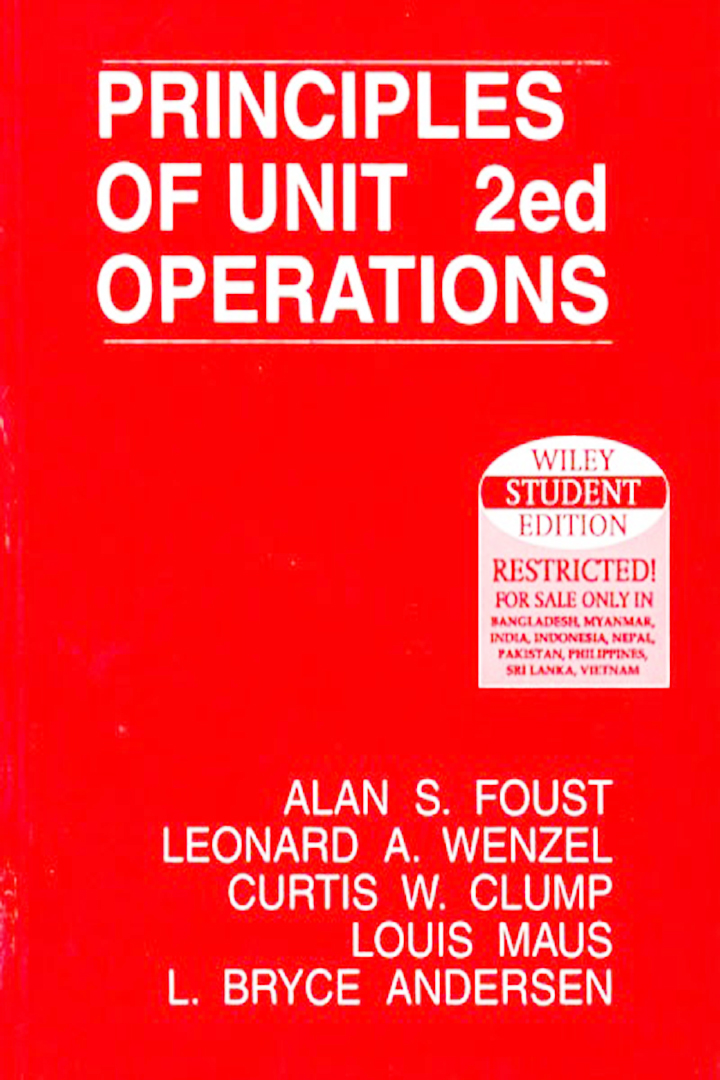

Emphasis on the three basic principles of equilibrium, geometric compatibility, and material behavior. Introduction to statics and the mechanics of deformable solids. Prereq: Physics I (GIR) Coreq: 2.087 or 18.03 Subject can count toward the 6-unit discovery-focused credit limit for first year students. Reviews research opportunities and undergraduate major options in Course 2 as well as a variety of career paths pursued by alumni. Students work both individually and in teams.Ģ.000 Explorations in Mechanical Engineeringīroad introduction to the various aspects of mechanical engineering at MIT, including mechanics, design, controls, energy, ocean engineering, bioengineering, and micro/nano engineering through a variety of experiences, including discussions led by faculty, students, and industry experts. Presents a range of design techniques to help students think about, evaluate, and communicate designs, from sketching to physical prototyping, as well as other types of modeling. Emphasizes key elements of the design process, including defining design problems, generating ideas, and building solutions. Project-based introduction to product development and engineering design. Open to students outside of Terrascope.īegins Oct 23. Class taught in collaboration with D-Lab and Beaver Works. Products are exhibited in the public Bazaar of Ideas and evaluated by an expert panel. Focuses on sustainability and appropriate technology that matches the client's specific situation and constraints. Provides opportunities to acquire skills with power tools, workshop practice, design, product testing, and teamwork.
Analysis of transport phenomena 2nd edition solutions full#
Working in small teams with real clients, students develop solutions related to the year's Terrascope topic. They have significant autonomy as they follow a full engineering design cycle from client profile through increasingly sophisticated prototypes to final product. Enrollment limited preference to freshmen.Ģ.00C Design for Complex Environmental Issues Includes written, visual, and oral communication. Students enhance creativity and experience fundamental aspects of the product development process, including determining customer needs, brainstorming, estimation, sketching, sketch modeling, concept development, design aesthetics, detailed design, and prototyping. Students develop ideas for new toys that serve clients in the community, and work in teams with local sponsors and with experienced mentors on a themed toy design project. Provides students with an overview of design for entertainment and play, as well as opportunities in creative product design and community service. Enrollment limited preference to freshmen.


Examples of projects include surveying a lake for millfoil, from a remote controlled aircraft, and then sending out robotic harvesters to clear the invasive growth and exploration to search for the evidence of life on a moon of Jupiter, with scientists participating through teleoperation and supervisory control of robots. Includes exercises in written and oral communication and team building. Specialized learning modules enable teams to focus on the knowledge required to complete their projects, such as machine elements, electronics, design process, visualization and communication.

Introduces core engineering themes, principles, and modes of thinking. Student teams formulate and complete space/earth/ocean exploration-based design projects with weekly milestones. Prereq: Calculus I (GIR) and Physics I (GIR) Course 2 Home CI-M Subjects for Undergraduate Majors Evaluations (Certificates Required)Ģ.00A Designing for the Future: Earth, Sea, and Space


 0 kommentar(er)
0 kommentar(er)
